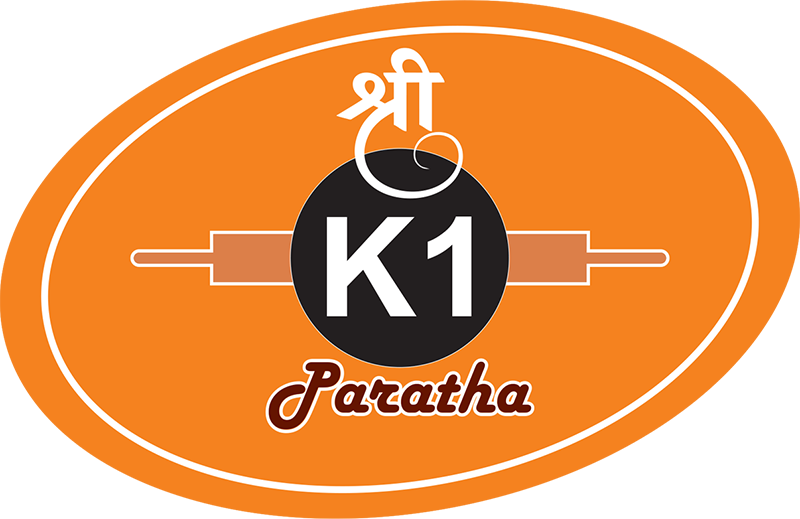Paratha, the crispy, flaky, and buttery delight, is more than just a staple food in Indian households—it is an emotion. From the bustling streets of Delhi to the vibrant kitchens of Punjab, this versatile flatbread has found its way into every corner of the country, and beyond. Whether stuffed with spicy fillings, layered with ghee, or served plain, paratha continues to be a cherished part of Indian cuisine.
The Origins of Paratha
The history of paratha is as rich as its taste. The name “paratha” comes from the Sanskrit words “parat” (layers) and “atta” (flour), which perfectly describe its layered, flaky texture. While its exact origin is debated, it is widely believed that paratha has been a part of Indian cuisine for centuries, with mentions in historical texts and cookbooks dating back to the 12th century. The Mughals are credited with popularizing stuffed parathas, leading to an explosion of variations across different regions.
The Many Varieties of Paratha
One of the most fascinating aspects of paratha is its diversity. Every region in India has its own take on this beloved flatbread, often stuffing it with locally available ingredients. Here are some of the most popular types:
- Aloo Paratha – Stuffed with spiced mashed potatoes, this Punjabi favorite is best enjoyed with butter, curd, or pickle.
- Gobi Paratha – Filled with grated and spiced cauliflower, a lighter yet equally flavorful option.
- Methi Paratha – Infused with fresh fenugreek leaves, offering a slightly bitter yet earthy taste.
- Lachha Paratha – A flaky, layered version made with whole wheat flour and cooked with generous amounts of ghee.
- Paneer Paratha – A rich and creamy variant stuffed with spiced cottage cheese.
- Malabar Parotta – A South Indian variant, known for its soft, layered texture, often paired with spicy curries.
How to Make the Perfect Paratha
Making the perfect paratha requires patience, skill, and the right technique. Here’s a simple guide to help you prepare delicious parathas at home:
Ingredients:
- 2 cups whole wheat flour
- 1/2 cup water (adjust as needed)
- 1/2 teaspoon salt
- 2 tablespoons oil or ghee
- Stuffing of your choice (optional)
Instructions:
- In a mixing bowl, combine flour, salt, and water to form a soft dough. Knead well and let it rest for 15–20 minutes.
- Divide the dough into equal portions and roll each into a ball.
- If making a stuffed paratha, roll out a small disc, place the stuffing in the center, and seal the edges.
- Roll out gently into a round shape without breaking the stuffing.
- Heat a tawa (griddle) and cook the paratha on medium heat, flipping occasionally, until golden brown on both sides.
- Apply ghee or butter and serve hot with yogurt, pickle, or chutney.
The Cultural Significance of Paratha
Paratha is more than just food—it is a symbol of togetherness. In Punjabi households, Sunday mornings are incomplete without a breakfast of piping hot aloo parathas, served with a dollop of butter and a glass of lassi. In Bihar, sattu paratha is a nutritious staple, while in Bengal, the Mughlai paratha, filled with egg and minced meat, is a popular street food.
From the tandoor-cooked parathas of North India to the pan-fried versions in the South, this flatbread continues to evolve, keeping its place at the heart of Indian cuisine. Whether you enjoy it with curries, chutneys, or a simple cup of tea, paratha remains a timeless favorite, bringing warmth and comfort to every meal.
So, the next time you bite into a crispy, golden paratha, take a moment to savor the rich history, cultural significance, and the love that goes into making this humble yet extraordinary dish.
